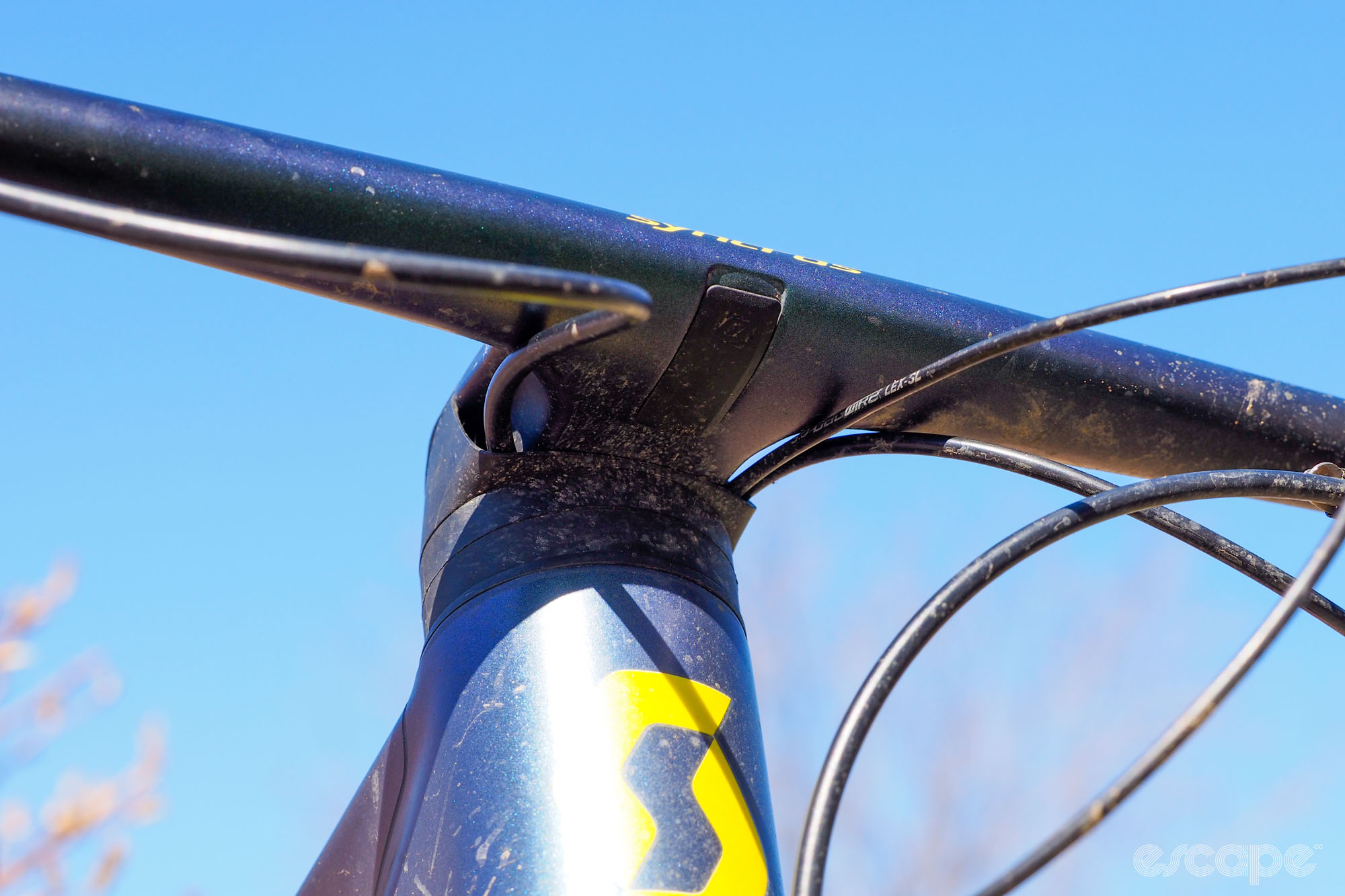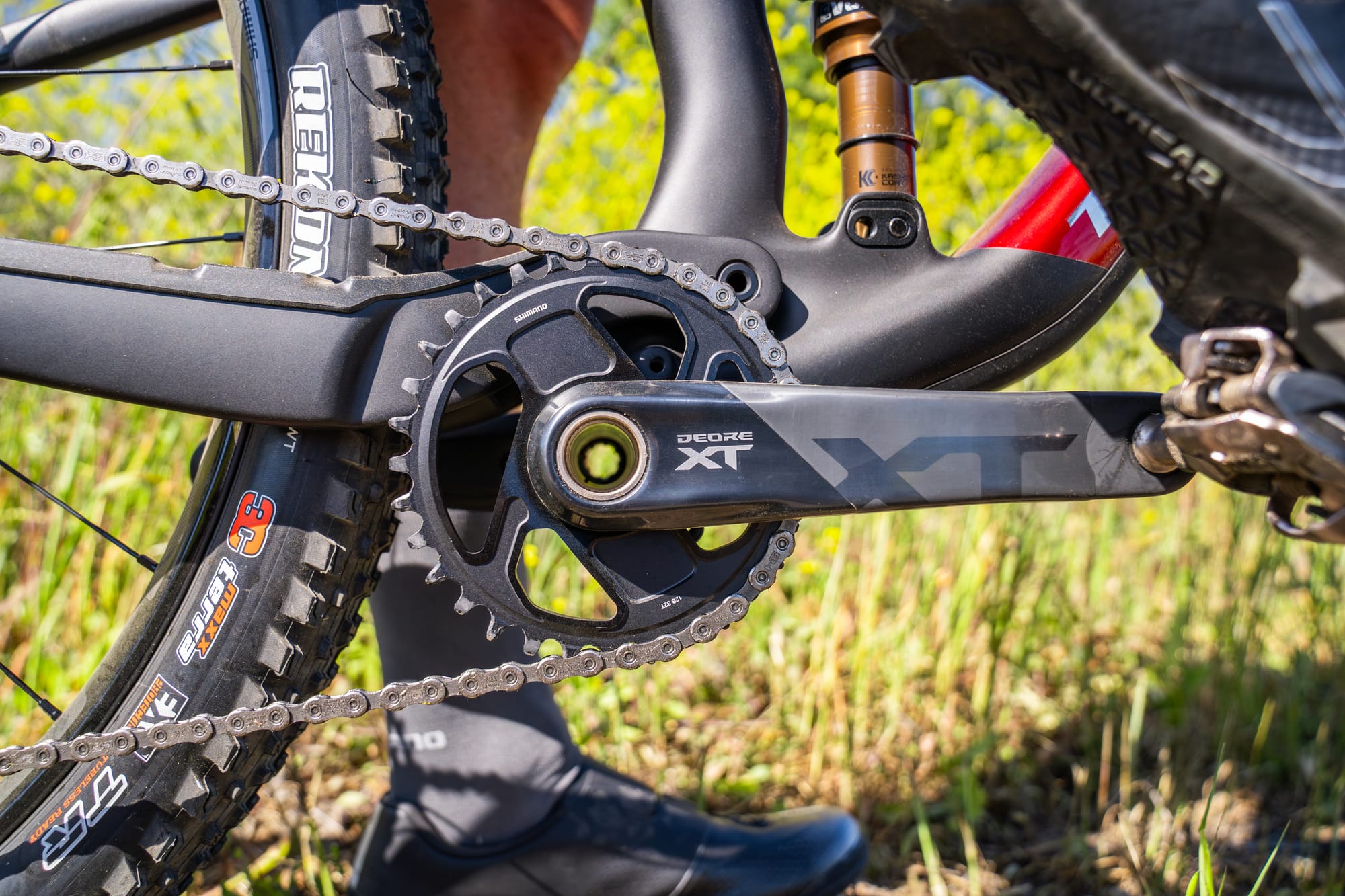A coworker way back in my shop mechanic days dubbed me the “Angry Asian”, and for good reason: I was definitely mad at the world in my youth. I’m still angry – and definitely still Asian – but I now reserve that anger for the ridiculous things I occasionally see in the bike industry. Welcome to 'Anger Management'.
The mountain bike world has provided a long list of technical innovations to the drop-bar side of the fence, such as disc brakes, tubeless tires, suspension, dropper seatposts. Whether you think those are good things is perhaps a topic for another day, but regardless of your position, few can argue that the flow of technological progression has been primarily in one direction.
But now it’s time for the drop-bar world to give something back. And what has it wrapped up with a bow? Headset cable routing (hopefully with a gift receipt).
I’ve railed against fully internal cable routing on road bikes almost since its widespread adoption, and as much as I still stand by my viewpoint, it’s a battle I’m clearly not going to win. Serviceability and convenience be damned; fully hidden routing is clearly here to stay, and even I’ll admit that bikes that are so-equipped sure look cool – and on the showroom floor, that counts for a lot.
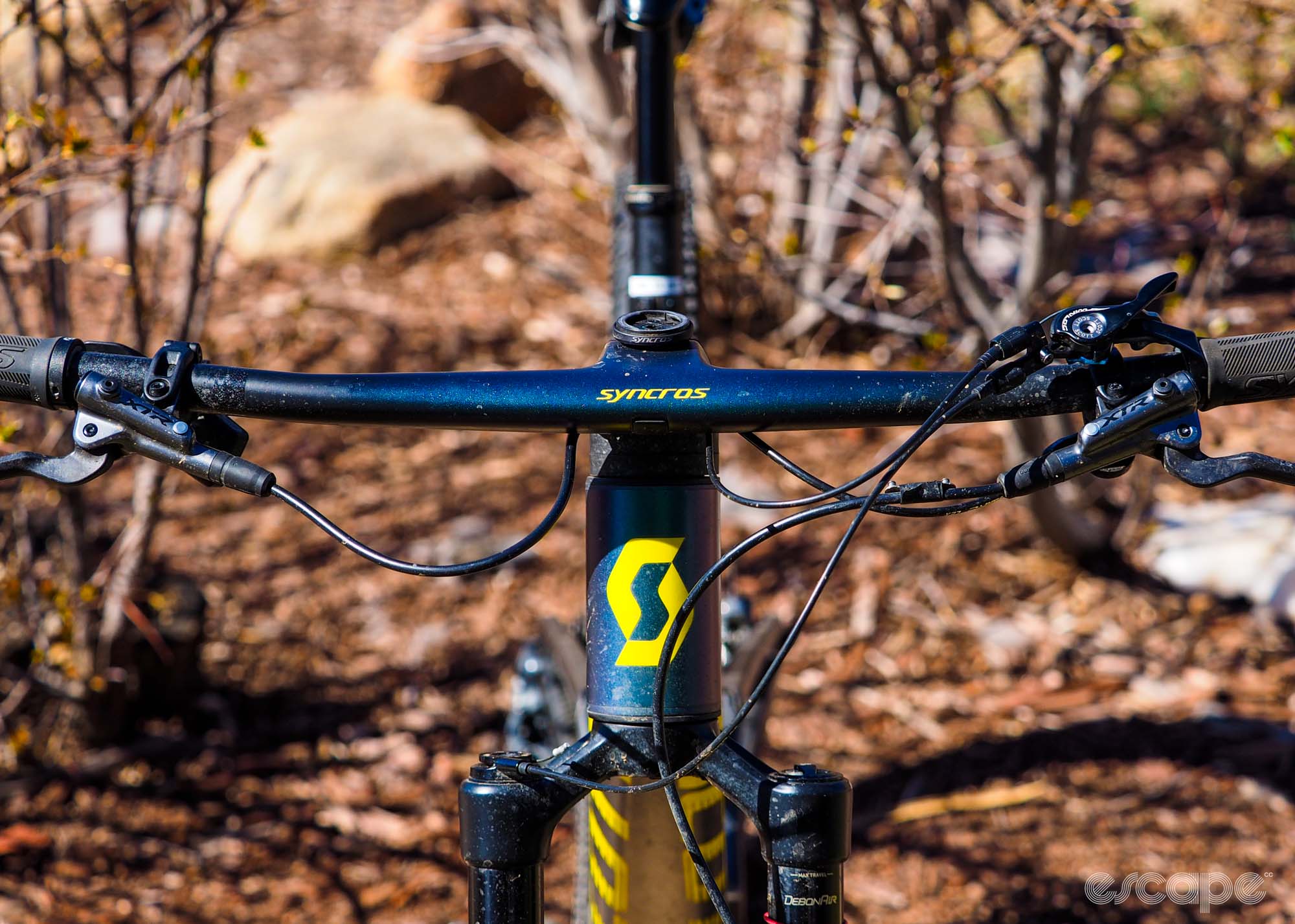
Companies have thankfully gotten better at making headset routing less terrible in recent years. Whereas lines used to run through the bar and stem (making even small sizing changes a massive headache), a growing number of brands have figured out ways to visually conceal the lines while still allowing for a bar or stem swap without major surgery. And while those lines still invariably go through the upper headset bearing, at least there are options (albeit expensive ones) for bearings that require a lot less maintenance than usual.
Fine. I give up.
But as much as I’ll concede that fully concealed routing is here to stay on road and gravel bikes, the growing use of through-the-headset routing on mountain bikes is outrageously stupid, and that’s a hill I’m willing to die on.
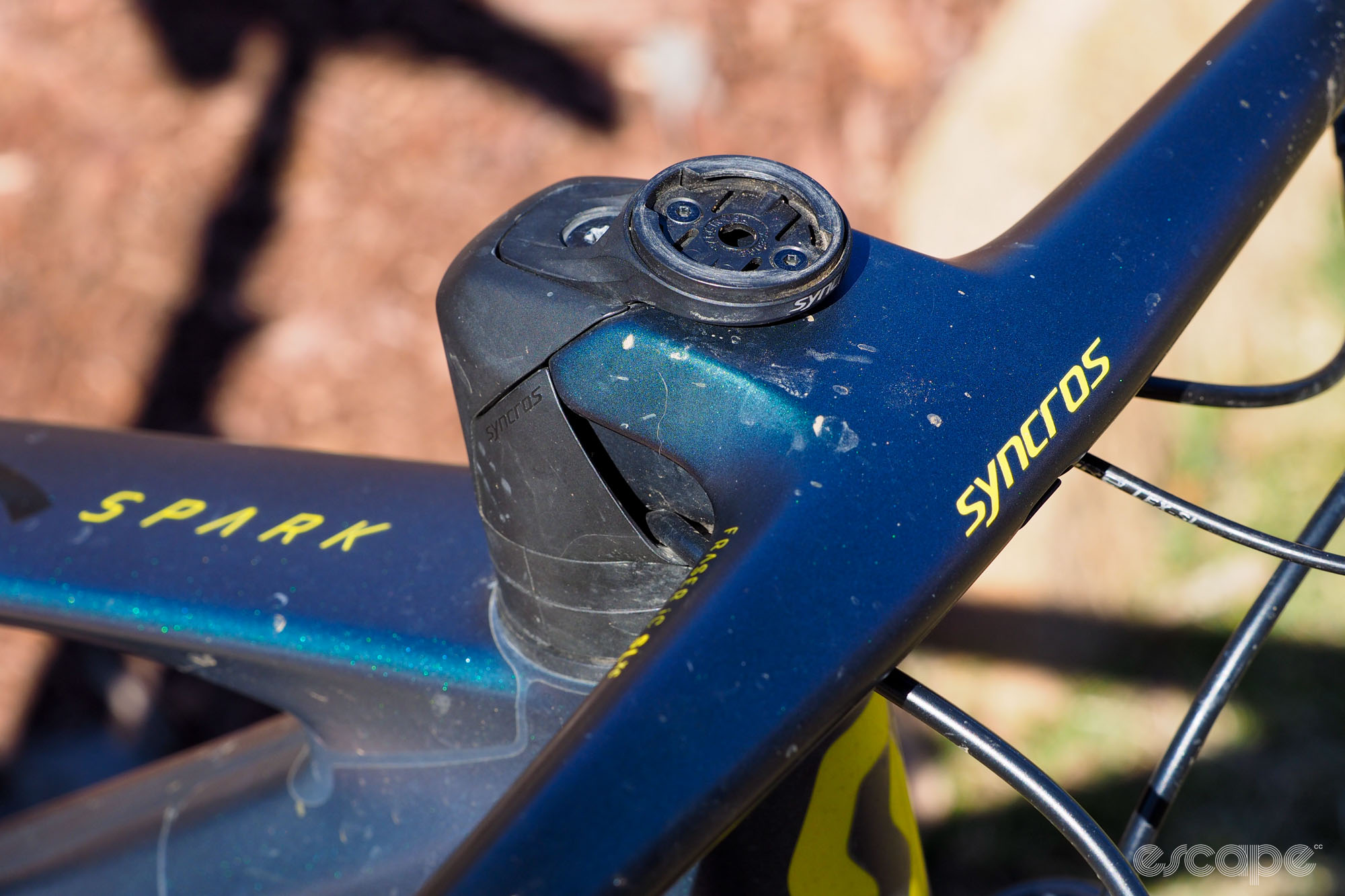
According to industry proponents, headset routing allows for shorter lines and tidier cockpit setups. Because those lines are shorter, they’re also less likely to snag on trees and other trail detritus, or rub the paint off of your head tube or fork crown. Frames can even be made slightly lighter since you no longer need dedicated ports.
On the surface, then, it’s all roses. But is it?
The lines may be shorter, but not by much, and while the lines may sit closer to the bar, they’re still exposed, so how different is this really from an aesthetic perspective?
And when was the last time you actually damaged a line on a tree branch – or even heard of someone doing so?
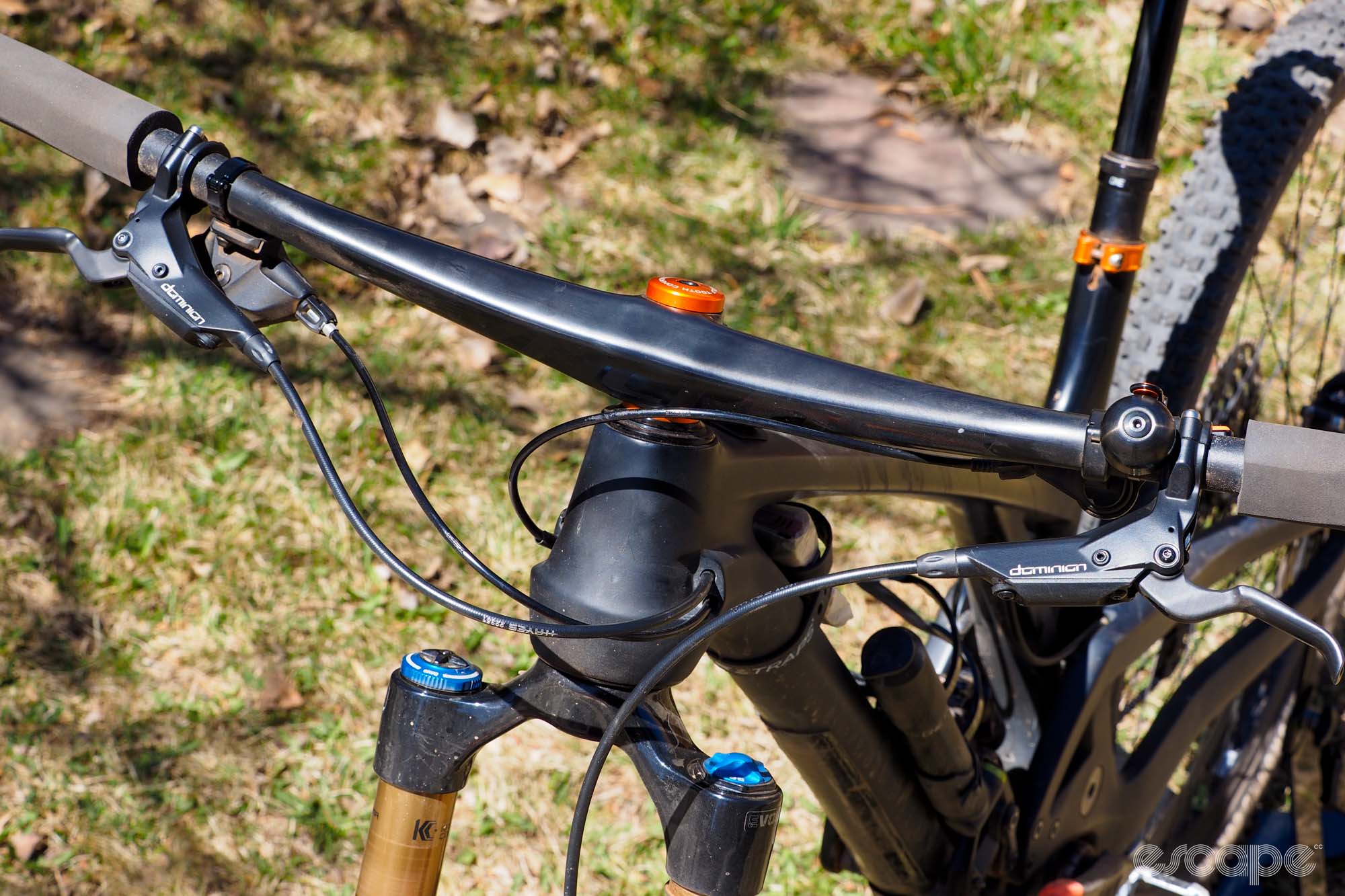
The argument about paint damage doesn’t hold water for me, either. Traditional routing doesn’t inherently result in paint rub. It’s only when it’s designed poorly that this is an issue, and rather than put in the effort to do it well, some brands are instead choosing an easier (for them) way out.
Weight weenies might rejoice at the gram savings, but we’re hardly talking big numbers here. The total reduction is supposedly something like 50 or 60 grams, but even that seems questionable given how much additional plastic cladding is required to make this work. And even if those weight savings are real, is that the right message to send? The mountain bike industry has spent the last few years convincing people that function matters more than weight – and most riders are better off as a result – so I’d argue this is an ironic step in the wrong direction.
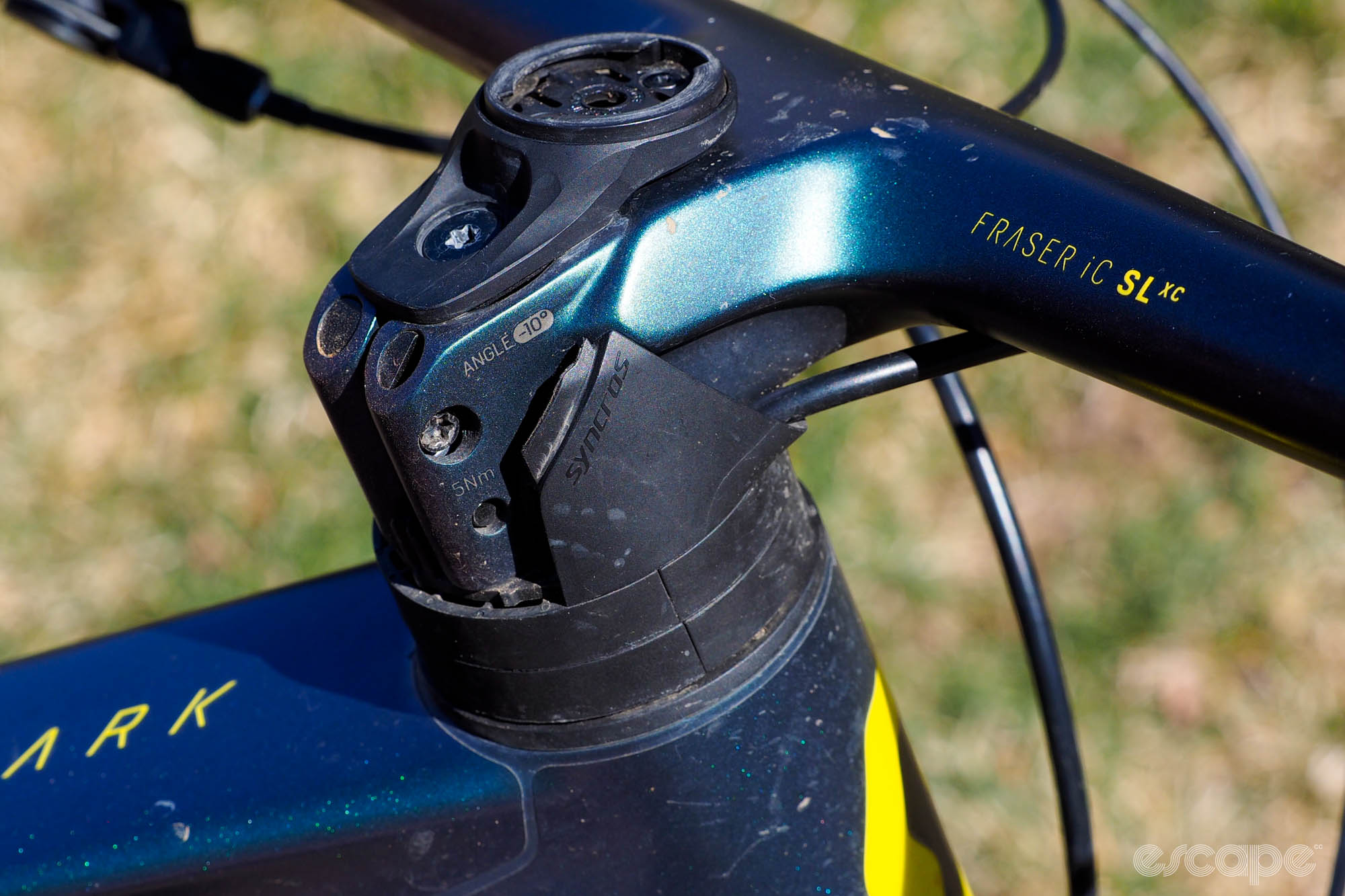
We should also remember that the move to headset routing also saves brands money (especially on the carbon frames) since they no longer have to incorporate entry ports in the frame design. Let’s see, now where have I heard this sort of argument before? Oh, that’s right: press-fit bottom brackets, and we all know how that went.
OK, so what about potential downsides? Surely it’s not that big of a deal, no?
Servicing the upper headset bearing becomes a massive pain since any lines that pass through have to be disconnected – and even if you only need to clean and regrease the bearing seats, there’s still a rat’s nest to deal with, particularly with an e-bike. This cost is primarily measured in time if you’re a DIYer, but it’s also a literal cost if you take your bike to the shop. We’re talking double or triple the labor based on feedback I received from mechanics, and I dare say it’s not exactly common practice for a shop or brand to call attention to those inflated maintenance costs up front.
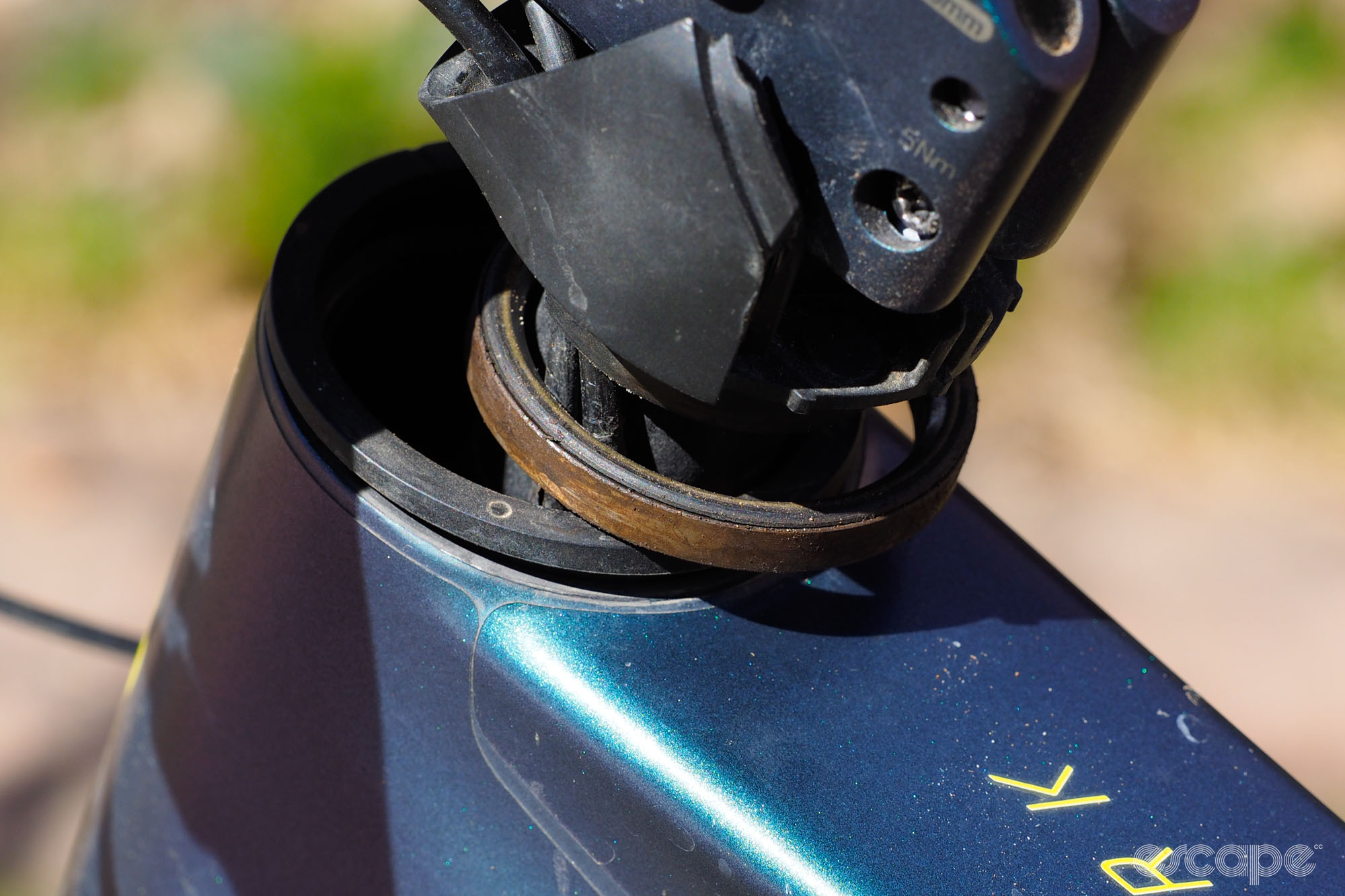
The way many of these headsets are designed accelerates the need for that service, too. Modern headsets already aren’t sealed as well as we think they should be, and introducing a bunch of holes in the upper cover doesn’t exactly help matters. Some are admittedly better protected than others, but none are as good as not having extra ports there at all, and some are downright terrible in this respect.
A friend of mine avoids spraying his new bike around the headset area at all because it consistently fills with water – “The [upper] headset was rusty right away” – and keep in mind this is in bone-dry Colorado where corrosion isn’t typically an issue.
Making matters worse, some of these potential longer-term costs are troublingly hidden.
I was initially worried about headset cable routing on higher-end road bikes because it was unclear how carbon fiber steerer tubes would hold up to repeated long-term wear from hose and housing rub. Thankfully, it hasn’t turned out to be a big issue, and a few subsequent bench tests have provided a bit more reassurance. However, mountain bike steerer tubes are usually made of aluminum – which is more prone to abrasion wear than carbon fiber – and there’s more steering input in general.
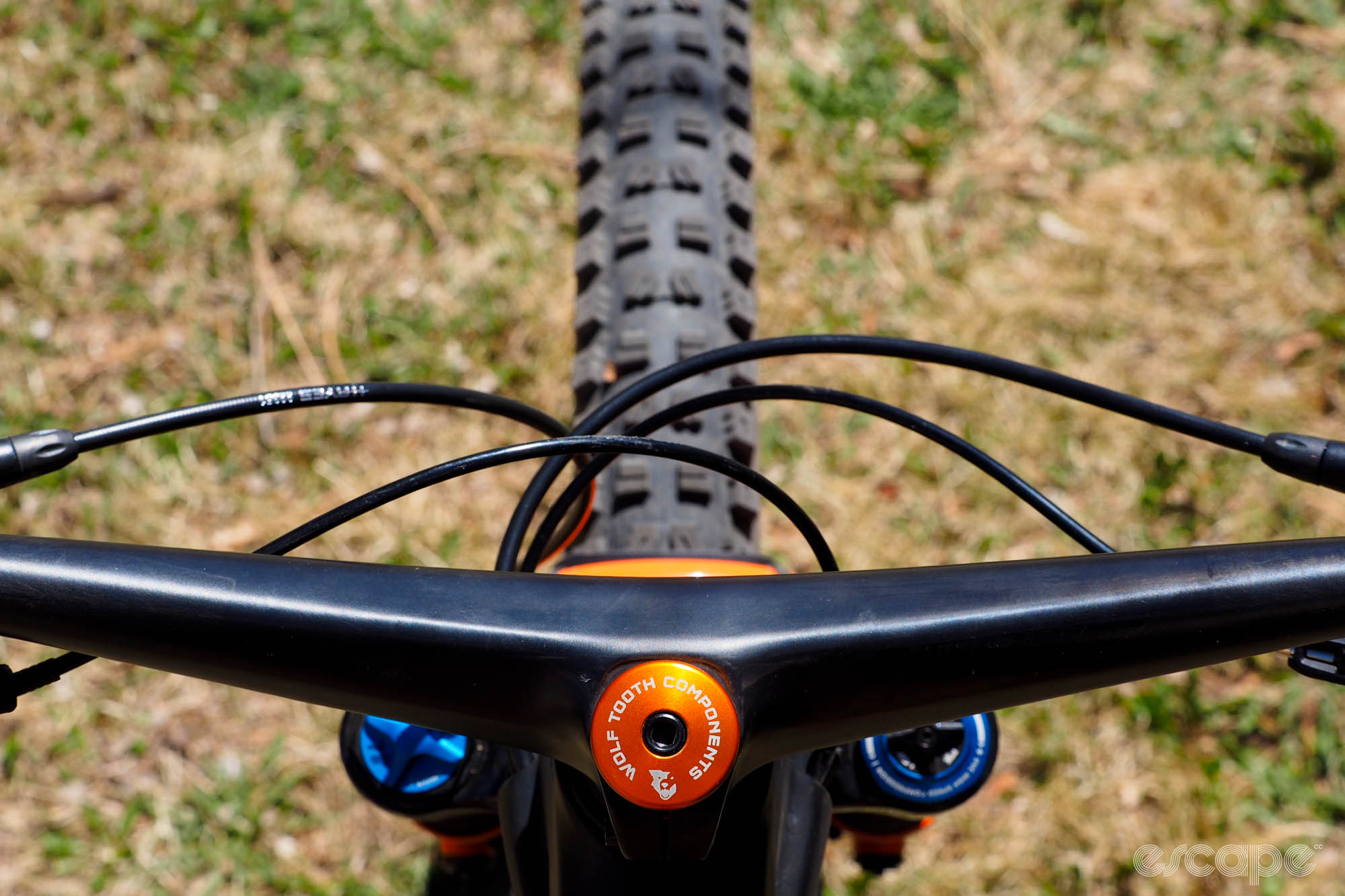
Case in point: I reviewed an Ibis Ripley years ago when I was working for another publication. That bike didn’t have headset cable routing – this was nearly 10 years ago, after all – but it did have traditional internal routing, and on early samples, the rear derailleur housing rubbed on the steerer inside the head tube. The anodizing had already been rubbed off the steerer after just a few weeks of riding, and I only noticed it because I regularly used to tear down test bikes back then. Ibis responded by changing the routing on future production runs, but it was sufficiently concerned about the rub that existing bikes were retrofitted with stainless steel sleeves to protect the steerer from long-term wear (and potential breaking).
This isn’t a truly apples-to-apples comparison since the housing paths are pretty different nowadays, but lines will still rub on the steerer tube on bikes with headset cable routing. Given enough time – and enough grit given the often-poor sealing – and the fact the area in question is both rarely serviced and also hidden away from prying eyes, I worry about what the next few years will bring.
Perhaps worst of all, headset routing doesn’t even accomplish what it does on road and gravel bikes. There, lines really are either completely or almost completely hidden. The end result is sleek and clean, and looks great. But on a mountain bike with headset-based routing, those lines are still exposed; they just sit closer to the bar than they did before, and any lines connected to the fork are still hanging out in the breeze just as they always have. Is that actually any better?
Recent developments from Magura, SRAM, Canyon, and others clearly indicate brands are actively working to figure out a way around this, but in the interim, what we’re left with is a half-hearted setup that doesn’t achieve its visual goals while also making service and maintenance far more of a headache.
Most of us are familiar with the concept of a cost-benefit analysis.
In corporate speak, it’s the comprehensive sum total of all the expenses that go into a potential action compared to the projected return. So you want to spend $100k on Project X? Well then you’d better be able to show that the revenue is well north of that figure. Cost-benefit analyses aren’t just limited to businesses or money, though, and I’d wager that every one of us does a similar sort of mental exercise on a near-daily basis.
Put in more everyday terms, all you’re basically trying to figure out is if the juice is worth the squeeze, and in my view, this particular orange is looking awfully dry.
Prove me wrong.
Want to see more unfiltered opinions like this presented without a blinding array of banner ads and page takeovers? Then please consider becoming a member of the Escape Collective because our content is funded directly by you. If you’re already a member, thank you. Please spread the word so we can continue producing the tech opinions, reviews, features, and news that you enjoy.
Did we do a good job with this story?

